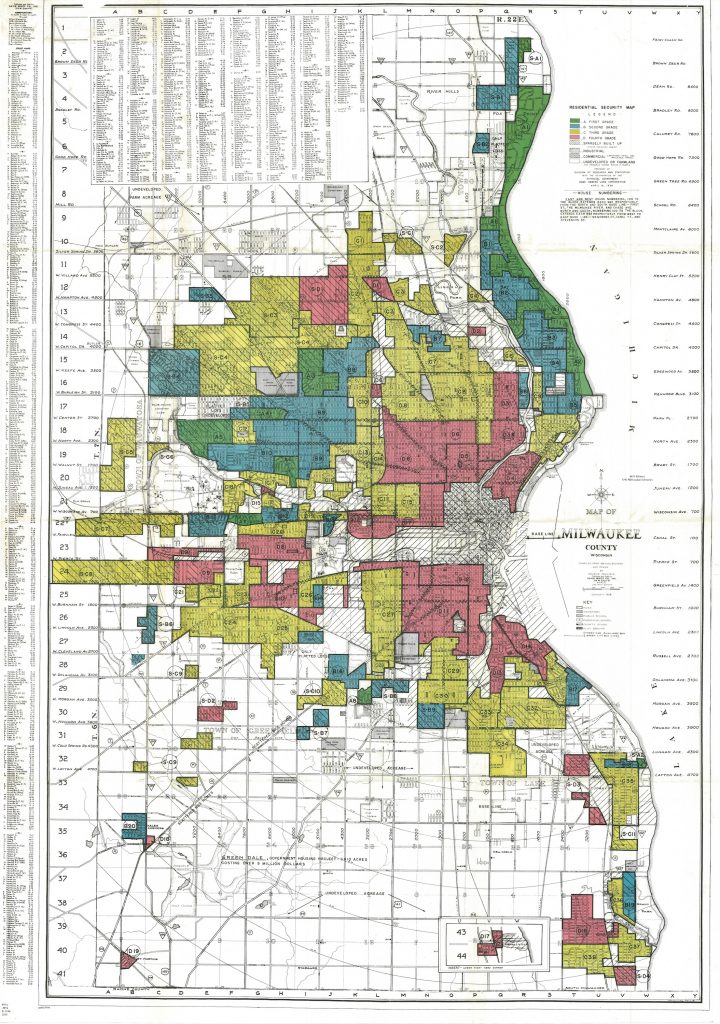Happening Now
In Milwaukee, How Race Impacts the Pandemic
HAL community partner Reggie Jackson, public historian and head griot for America’s Black Holocaust Museum, has authored a series of essays on the pandemic for the Milwaukee Independent, a local online magazine.

In his regular work, Jackson reveals the hidden history of segregation to show how the past continues to inform the present in Milwaukee. His essays on the pandemic build on this work by connecting historic events and policies to the current COVID-19 pandemic in order to demonstrate ongoing issues of racial injustice.
You can read Jackson's essays here: Milwaukee Independent
Additional Resources:
- To learn more about how urban renewal contributed to environmental justice issues in Milwaukee, see: Urban Blight as Environmental Injustice.
- To understand the geography of coronavirus spread in Milwaukee County in its early stages, see: Milwaukee’s Coronavirus Racial Divide: A Report on the Early Stages of COVID-19 Spread in Milwaukee County. "We use data on confirmed cases and deaths through April 8, 2020, focusing in particular on how the prevalence of the virus in individual neighborhood areas appears to correlate with neighborhood demographics, especially race and income."
- "Milwaukee’s black community hit hard by coronavirus", Scott Bauer, Associated Press.
- "Why Is Coronavirus Killing More Black People In Milwaukee Than In All Of Wisconsin?" Bruce Wright, News One.
- "The COVID-19 pandemic lays bare the absolute moral corruption of our society," Reggie Jackson, Milwaukee Independent.
- Mapping of coronavirus and redlining in Milwaukee.

“Redlining” map from 1938 showing neighborhoods (in red) that were subject to discriminatory practices. Courtesy of University of Wisconsin Milwaukee, American Geographical Society Library.